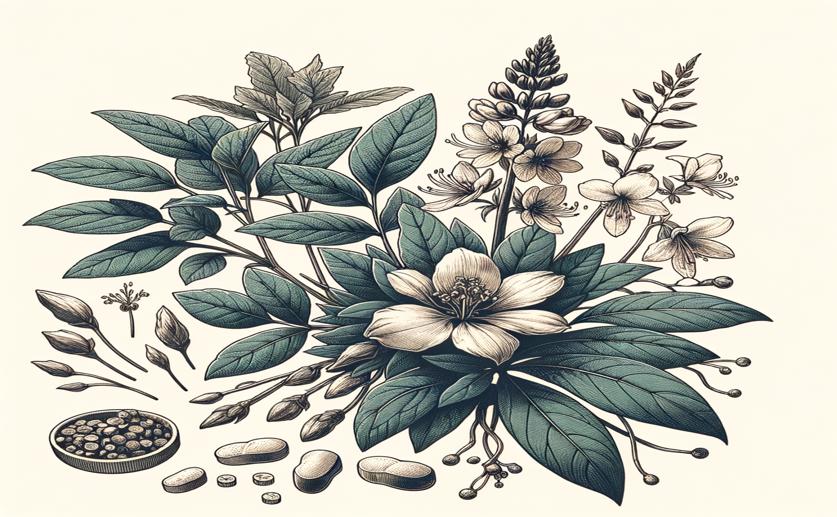
Understanding How Herbal Ingredients in Danshen-Chishao Help Prevent Blood Clots
Jim Crocker
17th July, 2024

Image Source: Natural Science News, 2024
Key Findings
- The study from Chongqing University of Technology found that the DS-CS herbal pair has significant antithrombotic effects in zebrafish
- The combination of PF and SAA at 25 μg/mL each showed a stronger antithrombotic effect than either component alone
- Molecular analysis revealed that DS-CS affects key genes like SRC, EGFR, and F10, which are involved in blood clotting
References
Main Study
1) Theoretical exploring of potential mechanisms of antithrombotic ingredients in danshen-chishao herb-pair by network pharmacological study, molecular docking and zebrafish models.
Published 16th July, 2024
https://doi.org/10.1186/s13020-024-00970-6
Related Studies
2) Interactions of antithrombotic herbal medicines with Western cardiovascular drugs.
3) A network pharmacology-based study on the quality control markers of antithrombotic herbs: Using Salvia miltiorrhiza - Ligusticum chuanxiong as an example.



 1st July, 2024 | Jim Crocker
1st July, 2024 | Jim Crocker